
Did you know that all airlines operating international flights are mandated to monitor their fuel consumption emissions and report them to their national authorities from January 2019 already? This is accordingly to the Carbon Offsetting and Reduction Scheme for International Aviation (CORSIA). A result of many years of work at ICAO and the support of the aviation industry. Aviation was the world´s first sector to set ambitious global CO2 emission reduction targets.
Air traffic continues to grow by 5 per cent annually. By 2040 international aviation fuel consumption is estimated to grow 2.8 to 3.9 times over the levels seen in 2010. By 2020, global international aviation emissions are projected to be around 70% higher than in 2005 and the International Civil Aviation Organization (ICAO) forecasts that by 2050 they could grow by a further 300-700%.
The Carbon Offsetting and Reduction Scheme for International Aviation (CORSIA) was adopted at the 39th session of the ICAO Assembly in 2016. The aim is to address any annual increase in total CO2 emissions from international civil aviation above 2020 levels and contribute to the industry’s commitment to carbon neutral growth from 2020 (“CNG2020”).
When IATA and the International Emissions Trading Association (IETA) jointly organized a CORSIA Capacity Building workshop to assist airlines in developing an understanding of the emerging principles that will govern CORSIA this video was recorded. Watch it to gain a quick understanding of what CORSIA is about.
Under CORSIA, airlines will be required to buy carbon offsets to compensate for their growth in CO2 emissions. Carbon offsets are generated through the implementation of carbon reduction projects in developing countries, with many of them linked to co-benefits, delivering health, economic and biodiversity benefits to communities.
CORSIA sets out the objective and key design elements of the global scheme, as well as a roadmap for the completion of the work on implementing modalities. Airlines will be required to:
- monitor emissions on all international routes;
- offset emissions from routes included in the scheme by purchasing eligible emission units generated by projects that reduce emissions in other sectors (e.g. renewable energy).
While some routes will be exempt from offsetting requirements, all airlines operating international flights are mandated to monitor their fuel consumption emissions and report them to their national authorities from 1 January 2019.
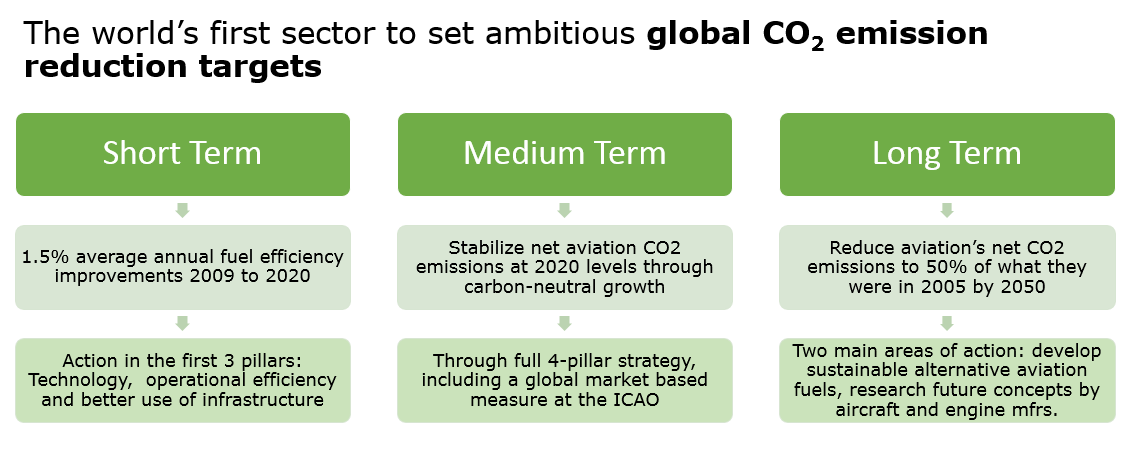
At ADB SAFEGATE we know that sustainable practices and technology advances are the two main ingredients in an upwards spiral that maintain the positive trend towards sustainable growth. Below are some examples of technology improvements that are gaining footholds around the world, and that will have a great impact when it comes to reducing the aviation environmental footprint. They represent some of the recent inventions that not only reduce CO2 and NOx, but also reduce ground noise due to reduction of time when aircraft engines and gate/apron equipment are used on ground:
- New airfield lighting technologies including light emitting diode and control and monitoring technology that provides up to 90% energy savings – equating to annual savings of up to 5000 tonnes of CO2 for a medium sized airport. Read more about low-current-airfield-lighting-systems.
- Gate technologies supporting airport collaborative decision making which large airports report annual reductions of up to 17000 tonnes of CO2. Read more about gate integration.
- Airport routing and guidance systems providing more efficient aircraft taxi-in and taxi-out guidance with reduction of up to 40% in taxi times. In turn, this has the capability to reduce fuel burn and CO2 emissions in the range of tens of thousands tonnes annually. See two key validation exercises at Frankfurt Airport (2013)and Munich Airport (2015), where the SESAR European Airports Consortium (SEAC) together with its partners have tested different aspects of Follow The Greens.
Several new inventions are undergoing testing and are on their way to reduce the airport environmental footprint even further. But there is always more to do. Even small efficiency improvements and savings offer significant benefits overall.
If you want to discuss greener operations, don´t hesitate to contact our Senior Airline Adviser, Per Andersson or your local ADB SAFEGATE office. A more efficient airport is most often also a more sustainable airport.
ADB SAFEGATE is a leading provider of intelligent solutions that deliver superior airport performance from approach to departure. We partner with airports and airlines to analyze their current structures and operations, and jointly identify and solve bottlenecks. Our consultative approach enables airports to improve efficiency, enhance safety and environmental sustainability, as well as reduce operational costs. Our portfolio includes solutions and services that harmonize airport performance, tackling every aspect of traffic handling and guidance, from approach, runway and taxiway lighting, to tower-based traffic control systems and intelligent gate and docking automation. ADB SAFEGATE has 900+ employees in more than 20 countries and serves some 2,500+ airports in more than 175 countries.

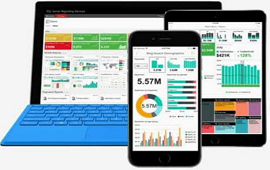
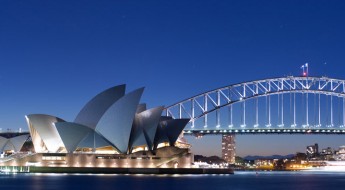
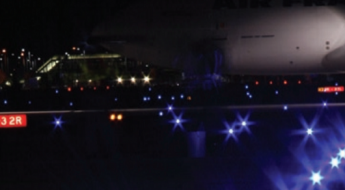

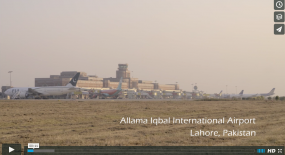
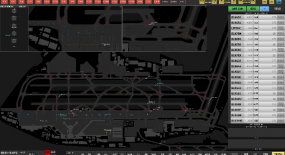
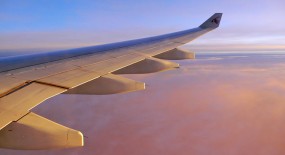
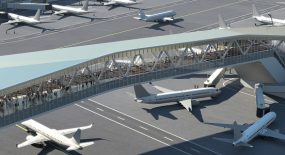
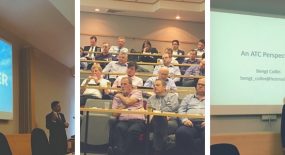

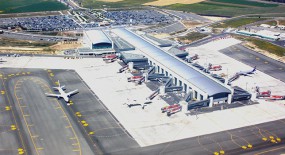


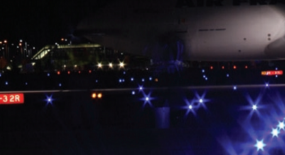
Leave a Comment